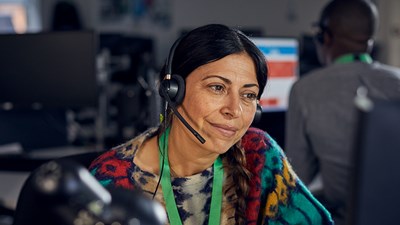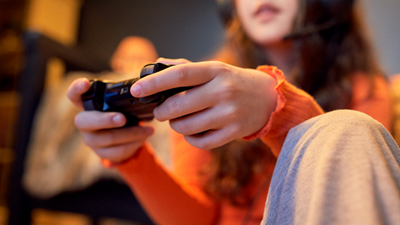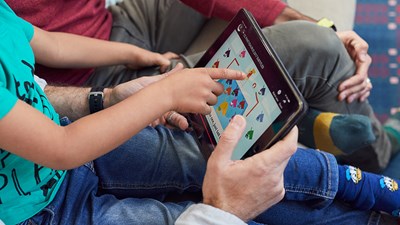The metaverse is tipped to be the next big development in digital technology. But what exactly is it and what risks does it pose to children and young people?
What is the metaverse?
The metaverse refers to the development of an online environment that allows you to take part in day-to day activities that mirror your experience of the ‘offline world’. For example, you could go shopping, watch a film at the cinema or have dinner with friends. Some experts have referred to it as a ‘3D internet’.
Companies are currently using technology like virtual and augmented reality to help them develop parts of the metaverse. These can be accessed using a headset. This gives users a first-hand view and helps to create more of a real-life experience.
The metaverse refers to the development of one virtual world that can be accessed through a single-entry point, similar to how we currently access the internet. For example, you’d be able to use the same headset to go supermarket shopping and check your social media accounts.




